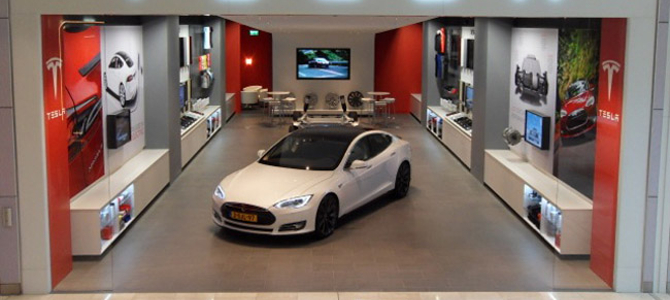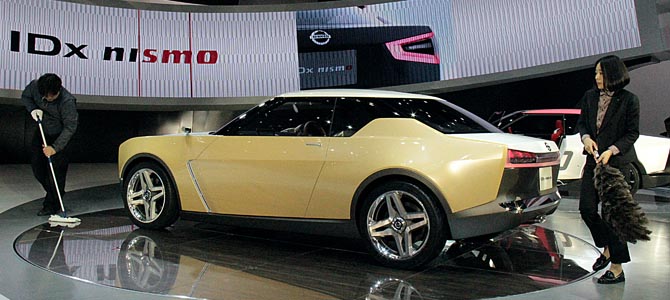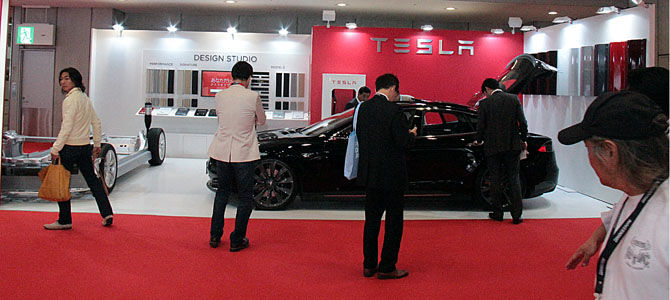At the risk of insulting the considerable intelligence of The Daily Kanban‘s readership by overstating the obvious, the bailout of General Motors was fait accompli a number of years ago, and the apparent linear nature of time makes debate over whether the bailout was “worth it” largely academic at this point. If nothing else, the political outcome of the bailout speaks for itself: President Obama argued for extending federal aid to GM in both of his presidential campaigns, and he won both times.
Unfortunately, the crude national partisan discourse has not done much to help taxpayers truly appreciate the intricacies of the bailout policy itself, its context and alternatives. Like other major policy decisions made in times of great fear, long-term and structural concerns about the policy were dismissed in the rush to do something. Holding the rhetorical high ground, “it could have been worse,” required only that politicians play to their most reliably effective emotion: fear. Everything else could be obscured through sheer complexity. Only now, when there is nothing to be gained from examining the auto bailout other than an opportunity not to repeat history, is the reality of the auto bailout starting to reveal itself in easier-to-understand forms.
With the official Treasury loss on GM’s shares certain to be “close enough for government work” to $10 billion, GM faces the unique opportunity in American automotive history of going to market with a clear unmet financial obligation to the taxpaying public. And yet, GM does have enough cash to now be the likely target of “activist investors” according to multiple news wire reports. One source of these concerns: auto task force member Harry J. Wilson:
The exit makes GM a possible target for activist investors, who may push the company to pay out some of its $26.8 billion in cash through a dividend or stock buyback, said Harry J. Wilson, a member of the U.S. auto task force that helped rebuild the automaker in a 2009 bankruptcy.
“Any company that isn’t efficient about capital allocation is a target for activists,” said Wilson, who is now a restructuring adviser at Maeva Group LLC in Westchester, N.Y. “GM has a huge cash hoard and they are generating lots more cash each year, so they need to be thoughtful about that.”
There you have it: a guy who helped pump GM with cash and structured the deal so the taxpayer loss showed up as equity loss rather than an unpaid loan, is now in the private sector selling the company as cash pile to be raided. Not that GM needs new leadership, or a new strategy to better allocate its generous helping of tax money, but that the public’s loss on GM is a shining opportunity for any billionaire or hedge fund that wants to punk GM for its lunch money. That the task force he served on, ostensibly operating in the name of the public good, gave GM more of the public’s cash than it needed and that he is now available for consultation on how YOU can pocket some of it.
And why not? After all, as GM’s PR boss Selim Bingol recently observed in a Politico piece on GM’s ramped-up lobbying effort
“I think people in general have accepted that the rescue of the company and the industry is the right thing to do. We find ourselves now being able to be a little more forward-looking. I think we are in a position to really partner with policymakers in Washington.”
If Mr Wilson does well enough promoting GM’s cash pile to Wall Street raiders, I can imagine a number of policymakers would be anxious to “really partner” with GM going forward.

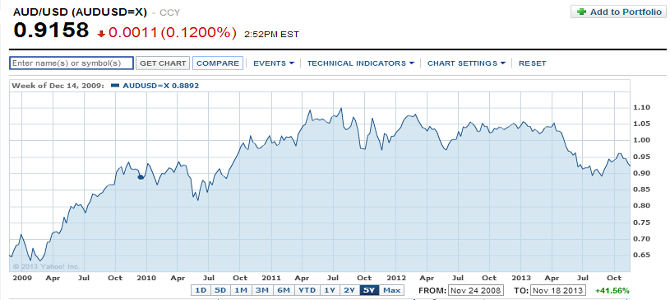

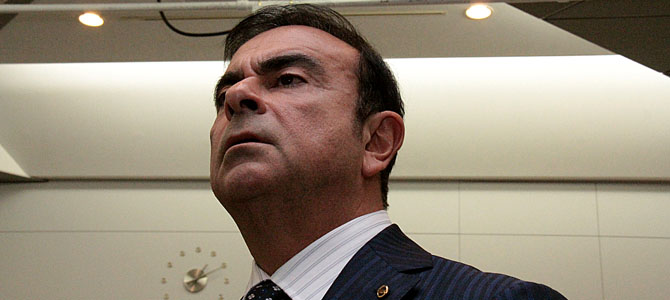
 Nissan’s and Renault’s co-CEO Carlos Ghosn famously (and some claim recklessly) projected 1.5 million electric vehicles to be sold between Nissan and Renault when 2016 rolls around.
Nissan’s and Renault’s co-CEO Carlos Ghosn famously (and some claim recklessly) projected 1.5 million electric vehicles to be sold between Nissan and Renault when 2016 rolls around.